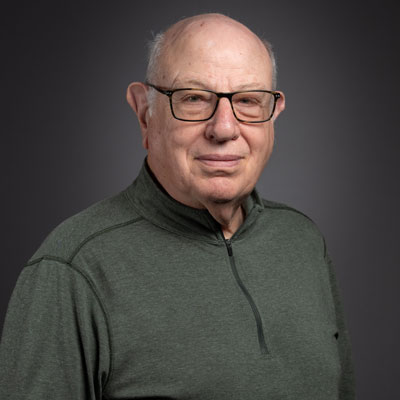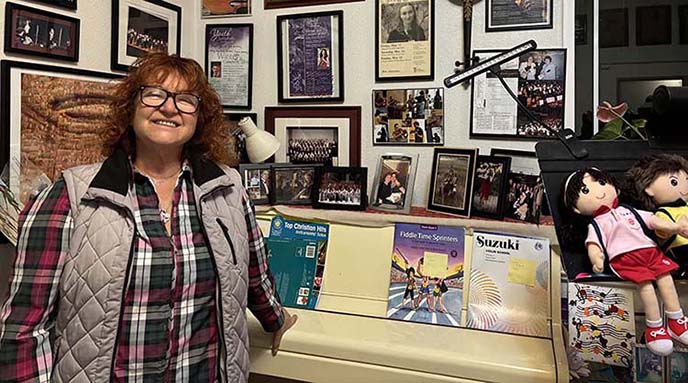The current Yale student body little resembles the Class of 1961
By Herbert Rothschild
I spent four days at the end of last week in Chicago at a mini-reunion of my college Class of 1961. Next year the main event, our 65th reunion, will be held in New Haven. That is the last one Yale will officially recognize. Were we to have a 70th, only a small number of us would still be above ground, and even fewer fit enough to attend.

Just over 40 of us out of an original 1,000 came to Chicago, plus many wives and one widow. I say “wives” because we are all male. Yale didn’t admit women as undergraduates until 1969, when 230 entered as freshmen and smaller numbers transferred as sophomores and juniors. There was a cap on female admissions until 1995, before which women made up, on average, one-third of each entering class. Now, without gender quotas, it’s about 50-50.
And we are all white. There were few people of color in my class. Further, we were almost all from economically advantaged families. I don’t have the data for our class, but for the slightly later Class of 1964, 40% graduated from private boarding schools such as Exeter and Andover, 15% from private day schools and 45% from public schools. That 45% number, however, didn’t indicate socioeconomic diversity. Most of those public schools were in upscale suburbs like Bethesda, Maryland, Grosse Point, Michigan, Evanston, Illinois, and Wayzata, Minnesota, not in D.C., Detroit, Chicago and Minneapolis.
Of the two roommates I was assigned freshman year, one was from a working-class family in a nearby Connecticut city. After four weeks he told me he was dropping out. I urged him to give it more time and he stayed another two weeks, but he must have felt keenly that he didn’t fit in. His father came to drive him home, and while his son was in another room the father said, perhaps more to himself than to me, “I guess he’ll go into a trade now.” That memory still pains me.
Because I enjoy public speaking, one of the ways I daydream is to construct speeches I would give on various occasions. After the reunion I thought about what I would have said to my classmates had I been the commencement speaker but with the knowledge I now possess. What came to mind was that we would spend the next 65 years coping with the erosion of white male supremacy — psychologically, socially, politically and, to a lesser extent, economically.
For our class, the most striking evidence of that erosion is the current Yale student body. It bears little resemblance to us. Here are the demographics of the 1,640 students who entered this fall: Females constitute 51%. The self-reported race/ethnicity is African American 12%, Asian American 30%, Hispanic 13%, Native American 3%, white 44% and 10% from 46 foreign countries (the 112% total results from instances of mixed race/ethnicity). I’m inferring from those figures that white males constitute fewer than a quarter of the Class of 2029.
As for the high schools the class attended, here is the breakdown: public 68%, private nonreligious day 18%, private boarding 8% and religious 6%. The reduction from 40% private boarding school graduates in our class to 8% this year is perhaps the most dramatic testimony to democratization.
Another one is that more than half the current freshmen (54%) are on scholarship. That’s not only because Yale is expensive. Almost a quarter of the class (23%) have Pell Grants. There’s no single maximum household income above which a student can’t qualify for a Pell Grant — income, assets, family size and a few other factors are weighed to calculate eligibility. Still, the families of Pell recipients are of modest to low income.
At the reunion I heard no one grousing about the transformed demographics of the Yale student body. A few of us (I was one) remarked that it’s unlikely we would be admitted now. And we know that it wouldn’t be because less-qualified women and people of color are being put before white men. It’s just much more competitive. In 1957, about one applicant in four was admitted; now it’s about four in 100. By casting its net more widely, Yale is accessing a deeper pool of talent.
Which is the great societal benefit of diversity, equity and inclusion. Corporate managers understand that benefit. As a Forbes writer put it in a piece published Jan. 30, “The research and findings are clear. DEI policies and programs are what make organizations thrive in the 21st century. It’s what pulls in top-notch talent. It’s what makes business more competitive, more influential and more profitable.” Unfortunately, too few white politicians have been willing to assert that reality in response to Trump’s assault on DEI.
I didn’t get a good read on whether my classmates acknowledge how pervasive the effects of racism still are and the imperative to address them. The little insight I gained was a consequence of our group’s visit to the National Public Housing Museum, which opened just this year in a repurposed building that was once part of the now-demolished Jane Addams Homes on Chicago’s Near West Side. Two historians, one from Loyola University of Chicago and one from the University of Chicago, gave fine presentations about the history of public housing in the U.S. generally and in Chicago particularly. The salient feature of public housing policy was its intentional reinforcement of segregation in our major cities.
Because public housing in the U.S. has been a response to poverty and thus sits at the intersection of both racial and economic inequality, getting it right is very difficult. Both presenters acknowledged that difficulty in their talks and in the Q&A that followed. I inferred from a few of the questions and comments, and from a couple of conversations that took place after our tour, that some of our group have little taste for that kind of national stocktaking.
Mostly, though, among ourselves we avoided topics that would have revealed our political understandings. That was proper. Our focus was friendship.
Herbert Rothschild is an unpaid Ashland.news board member. Opinions expressed in columns represent the author’s views and may or may not reflect those of Ashland.news. Email Rothschild at [email protected]. Email letters to the editor and Viewpoint submissions to [email protected].





















